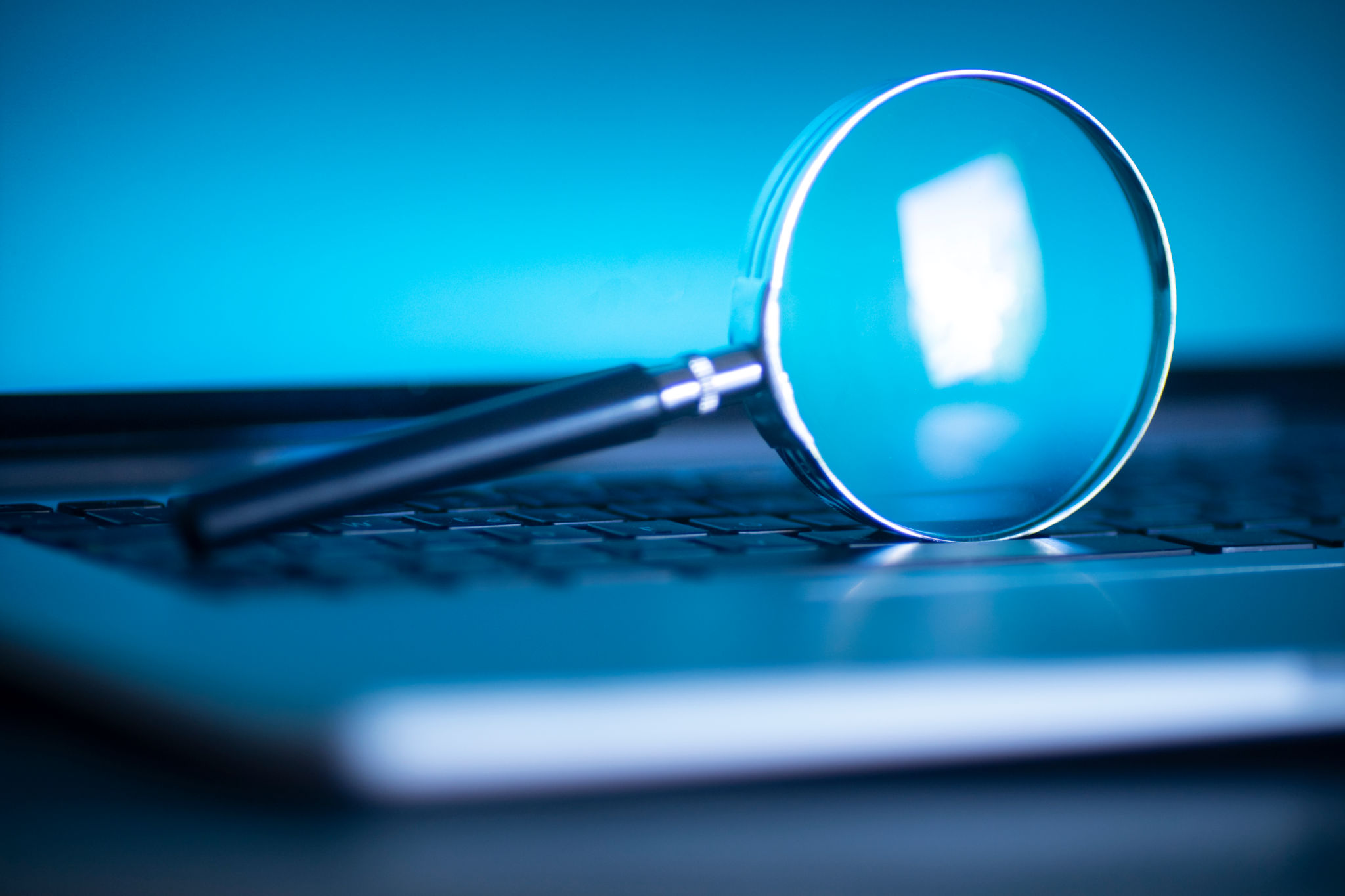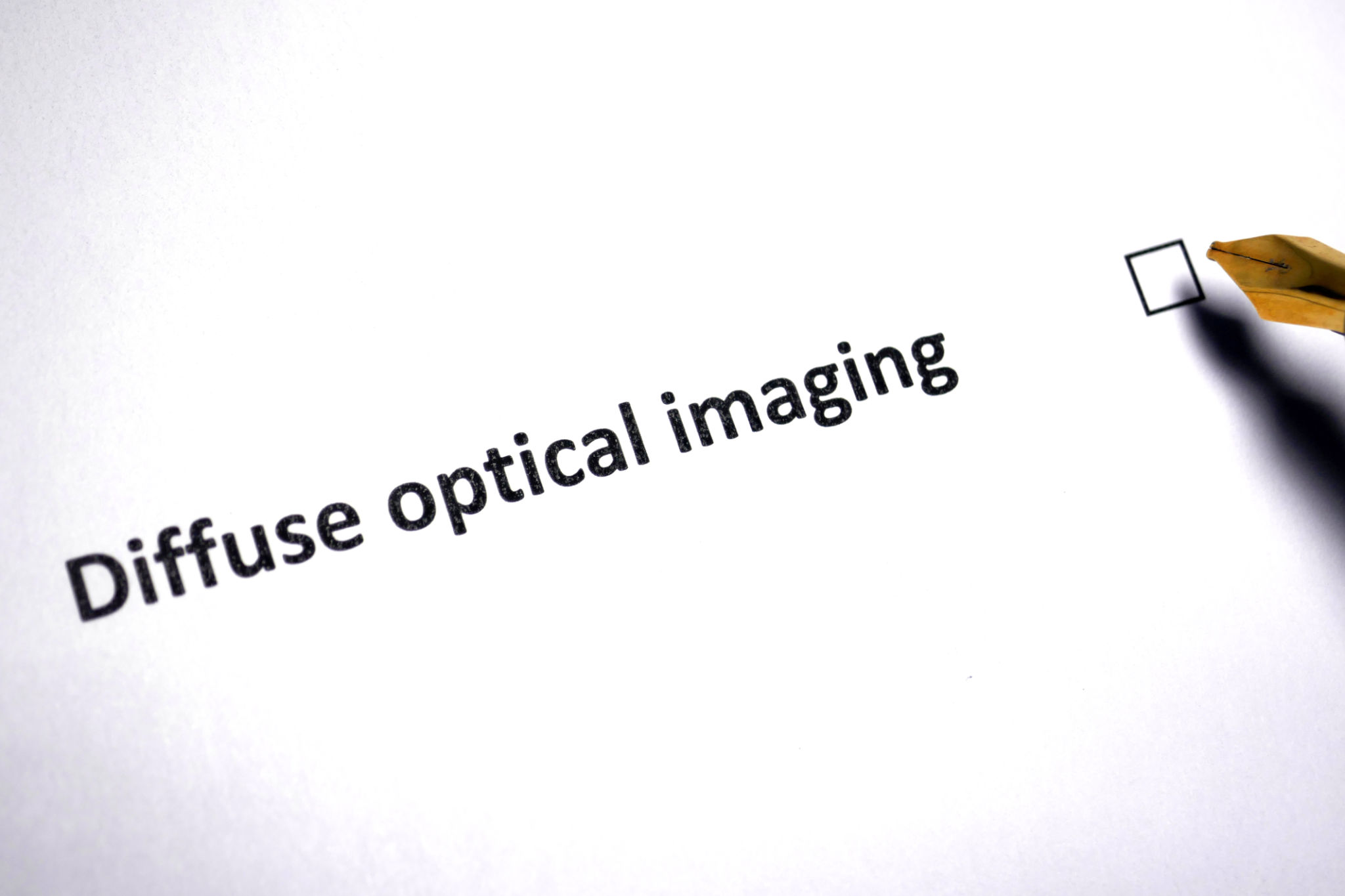Exploring the Latest Trends in Analytical Instruments
Introduction to Analytical Instruments
In the rapidly evolving world of science and technology, analytical instruments play a pivotal role. These tools are essential for researchers and professionals who aim to analyze and understand complex data. From laboratories to industrial settings, the demand for high-precision instruments is growing exponentially.
The latest trends in analytical instruments are driven by the need for accuracy, efficiency, and innovation. With the advent of new technologies, these instruments are becoming more sophisticated, offering enhanced capabilities and user-friendly interfaces.

Automation and Integration
One of the most significant trends in analytical instruments is the integration of automation. Automation not only streamlines processes but also reduces the potential for human error. Many modern instruments now come with automated features that allow for continuous operation without manual intervention.
Moreover, the integration of analytical instruments with other systems is becoming increasingly common. By connecting these instruments with data management software, users can seamlessly transfer data for analysis, reporting, and storage. This connectivity enhances the overall productivity and efficiency of research operations.
Advancements in Spectroscopy
Spectroscopy is a field that has seen remarkable advancements in recent years. New developments in spectroscopic techniques have expanded the range of applications for these instruments. From environmental monitoring to pharmaceuticals, spectroscopy is being used to gain insights into molecular structures and compositions.

Innovations such as laser-induced breakdown spectroscopy (LIBS) and terahertz spectroscopy are pushing the boundaries of what is possible. These cutting-edge techniques offer improved sensitivity and resolution, allowing scientists to explore new frontiers in research.
Miniaturization and Portability
The demand for portable analytical instruments is on the rise. Miniaturization has enabled the creation of compact devices that can be easily transported to various locations. This portability is particularly beneficial for fieldwork and on-site analysis, where traditional lab equipment may not be feasible.
Handheld devices equipped with advanced sensors are becoming more common, allowing for real-time data collection and analysis. The convenience of these portable instruments is transforming industries such as agriculture, healthcare, and environmental science.

Data Analytics and AI Integration
The integration of data analytics and artificial intelligence (AI) with analytical instruments is revolutionizing the way data is processed and interpreted. AI algorithms can quickly analyze vast amounts of data, identifying patterns and trends that may not be immediately apparent to human analysts.
This capability enhances decision-making processes, enabling researchers to make informed conclusions based on comprehensive data analysis. The combination of AI with analytical instruments is paving the way for innovation and discovery across various scientific fields.
Conclusion
As technology continues to advance, the trends in analytical instruments will undoubtedly evolve further. The focus on automation, miniaturization, integration, and AI-driven analytics highlights the dynamic nature of this field. Staying updated with these trends is essential for professionals who rely on analytical instruments to drive their research and operations forward.
Embracing these innovations will not only enhance the capabilities of current instruments but also open up new possibilities for scientific exploration and discovery.
